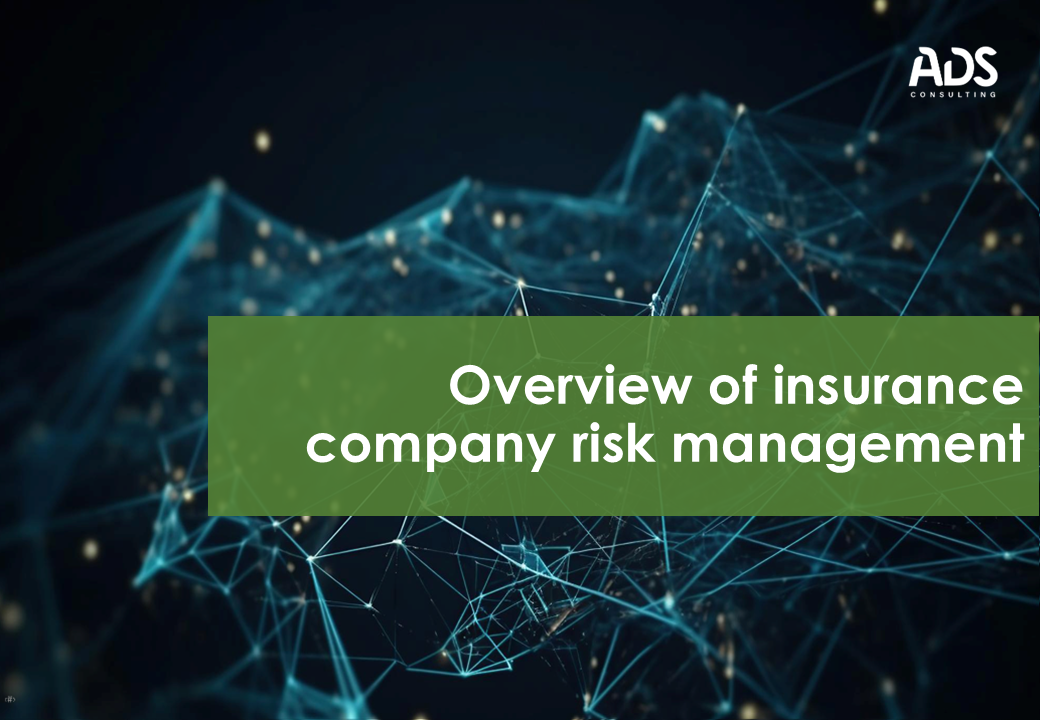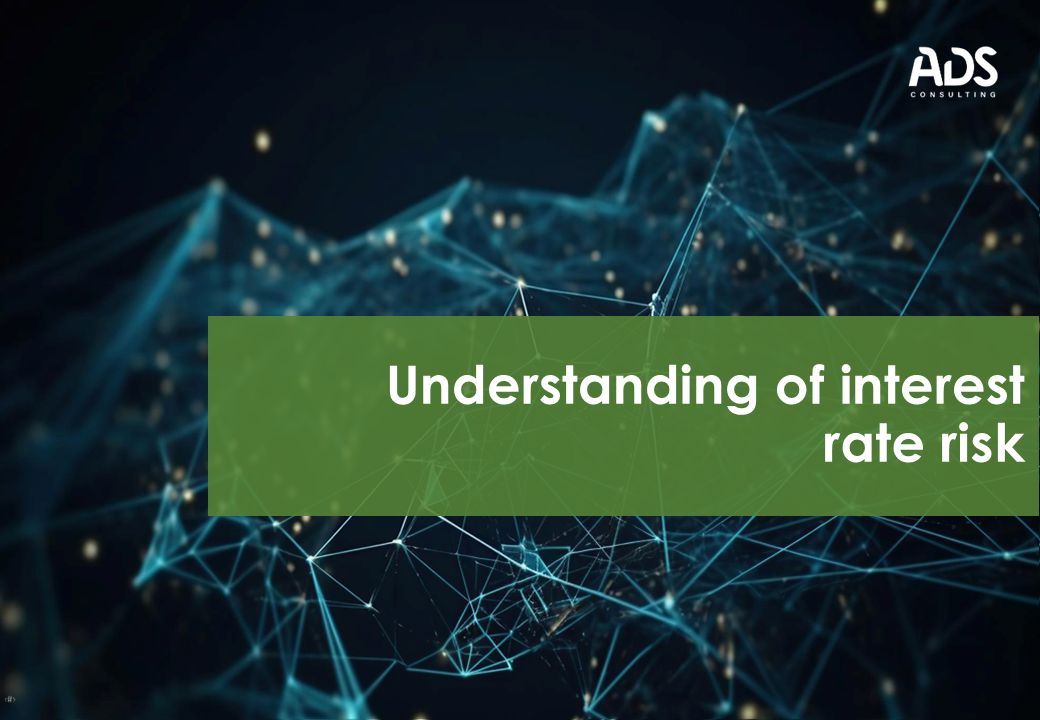K-ICS
Instructor : Jung-hoon Park / Hyun-jin Jeon / Jin-young Heo
Course Format : on-line
Course Duration :
Study Period : 180days
Course Fee : $550
Number of Lectures :
K-ICS
Instructor : Jung-hoon Park / Hyun-jin Jeon / Jin-young Heo
Course Format : on-line
Course Duration :
Study Period : 180days
Course Fee : $550
Number of Lectures :
Introduction
This training module is designed to help participants systematically acquire essential knowledge about the required capital as defined in the K-ICS standards.
The course provides a detailed exploration of the definition, calculation criteria, and key principles for evaluating required capital. Additionally, it offers both the theoretical background and practical approaches to the methodology for calculating available capital, enabling a comprehensive understanding.
Through this training, participants will develop a clear understanding of the correlation between required capital and available capital and gain the ability to analyze this relationship effectively. By utilizing real-world examples and data, the course teaches participants how to apply theoretical concepts to practical scenarios, fostering practical problem-solving skills.
Ultimately, this training aims to enhance participants’ understanding of the fundamental principles and practical application capabilities for capital management under the K-ICS standards.
Target Audience
- Risk management (RM) practitioners at insurance and reinsurance companies
- Professionals who need a practical understanding of risk-related regulations and frameworks such as K-ICS, RBC, and IFRS 17
- Actuarial, financial, and risk management experts responsible for measuring insurance risk and developing response strategies
- Practitioners engaged in asset-liability management (ALM) and market, credit, and insurance risk management tasks
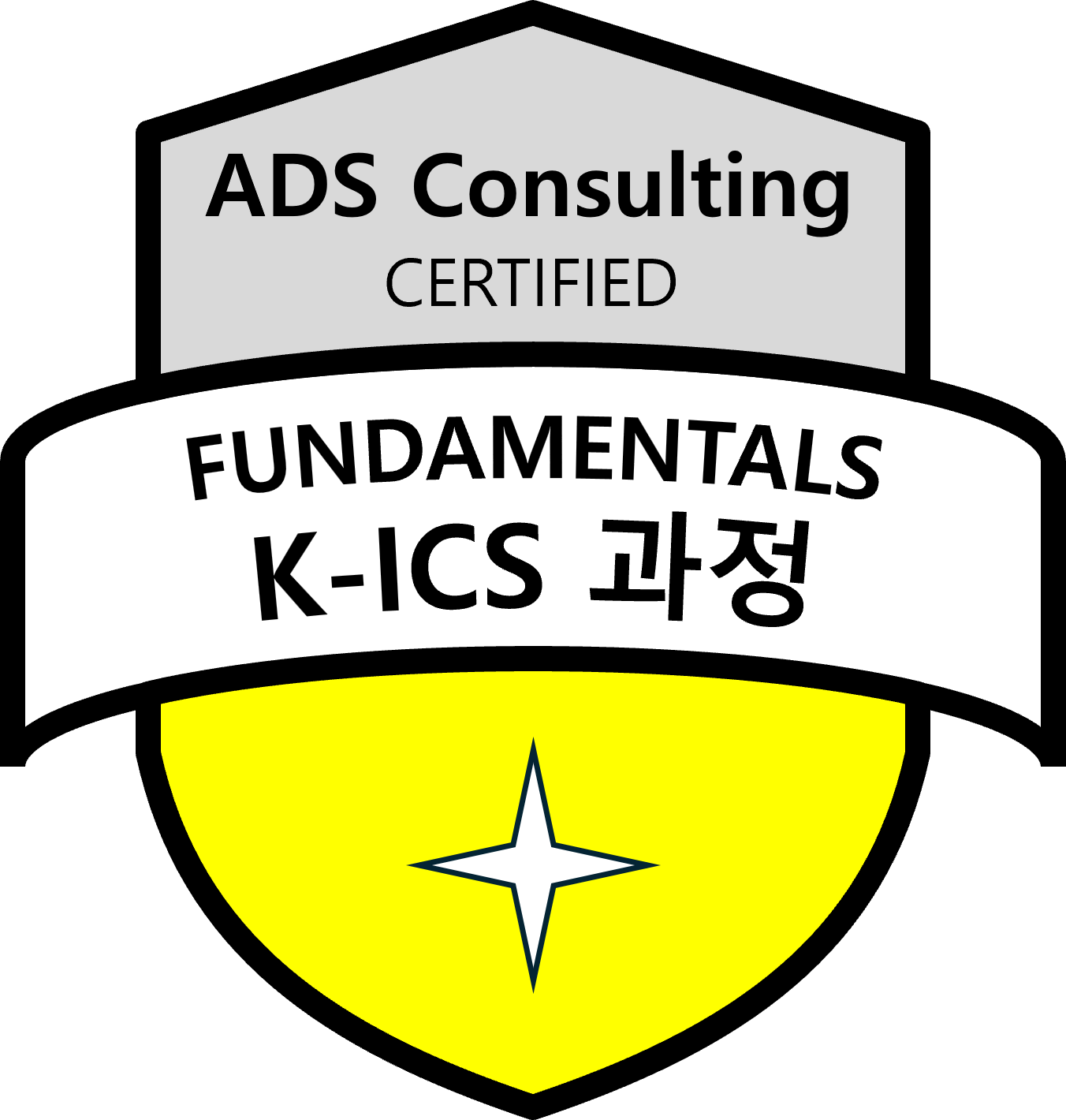
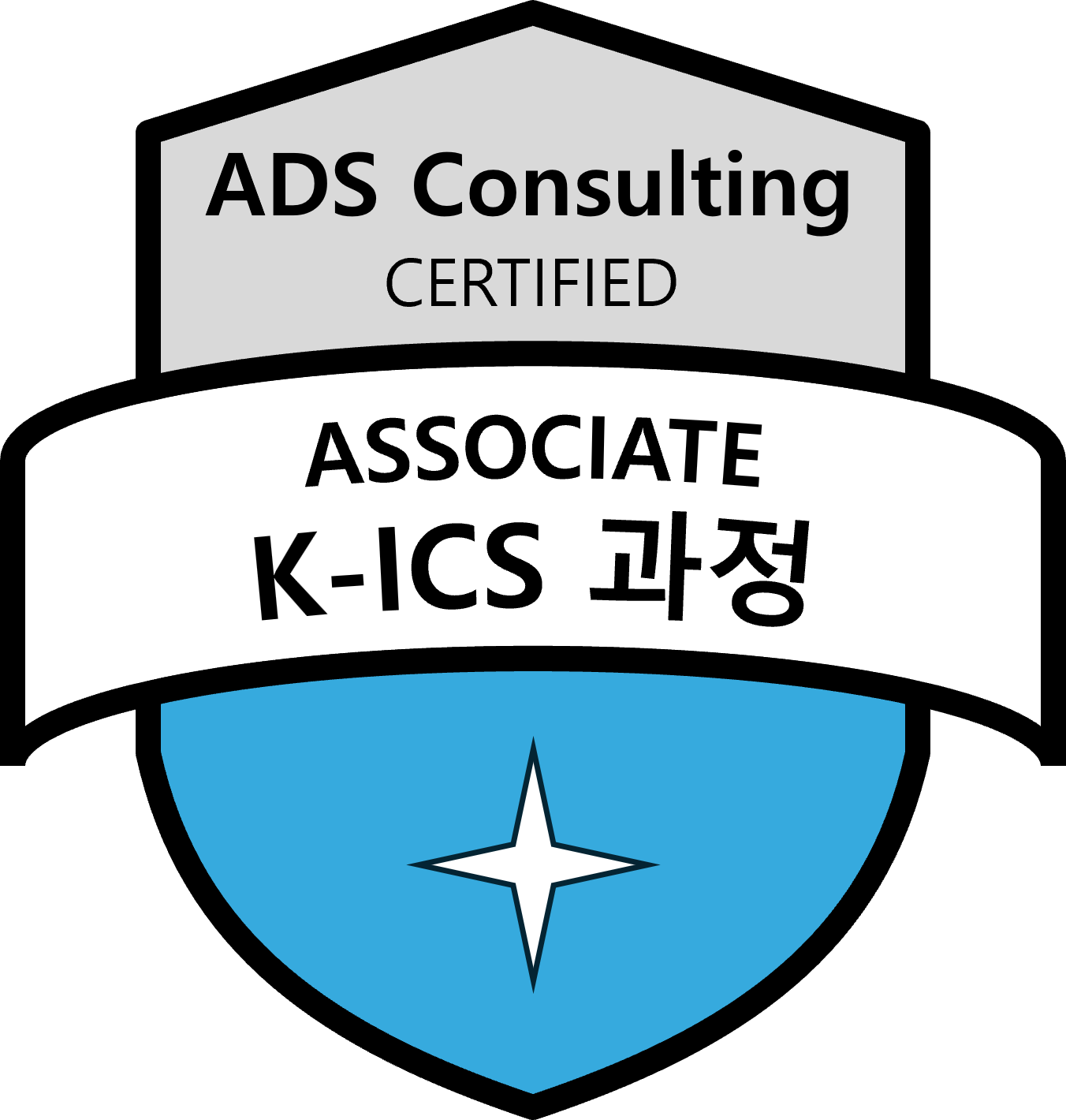
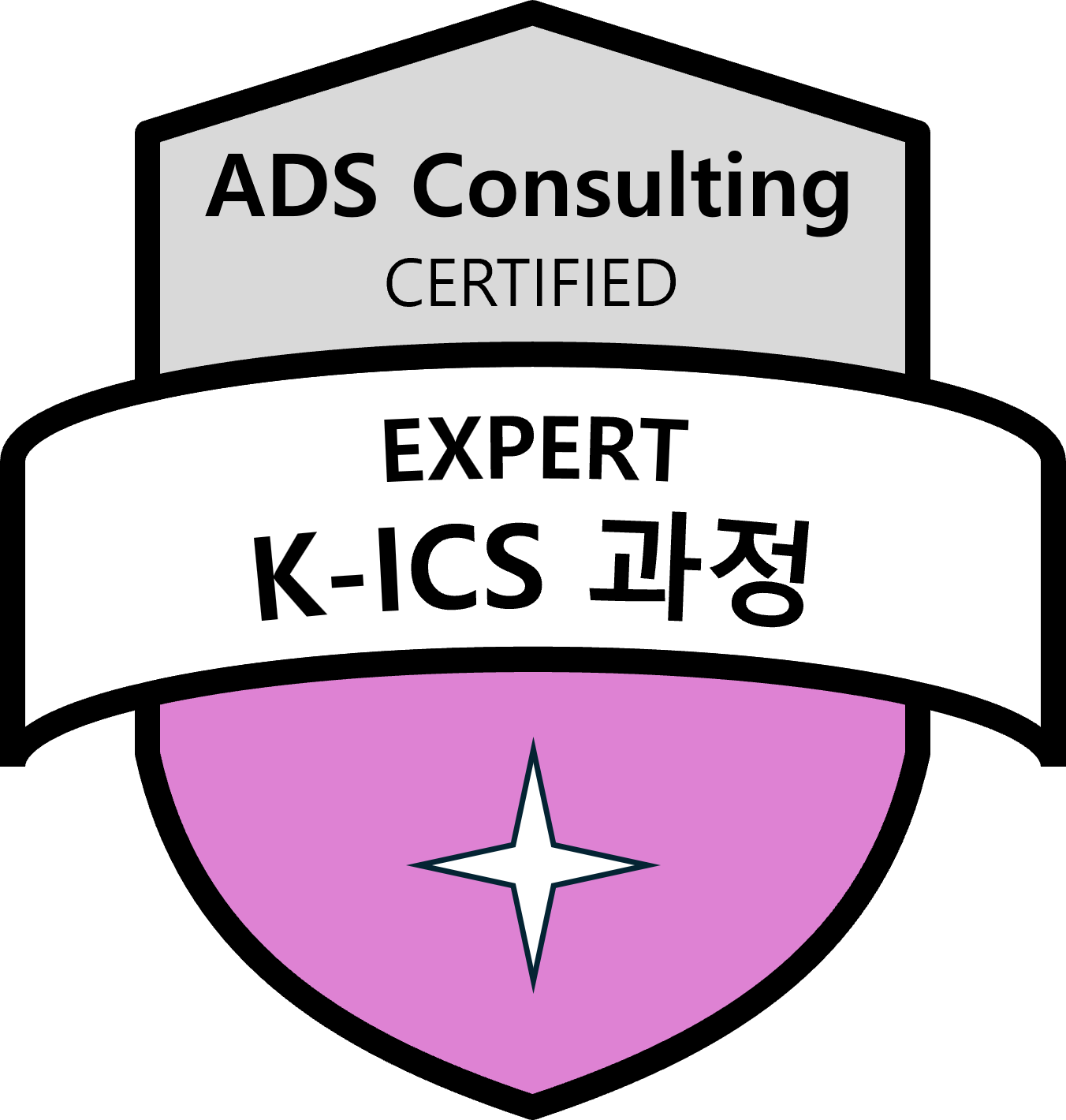
Course Category
1. Actuarial Fundamentals
[Open March 2025]
- Premium and Surrender Value Calculation using Actuarial Tables
- Understanding Actuarial Science
2. Company-wide Training
(IFRS 17 / K-ICS)
- Examples of IFRS 17 Accounting Treatments
- Introduction to K-ICS
- Direction of Profit and Loss Management under IFRS 17
3. Product Development
[Open April 2025]
- Term Insurance
- Cancer Insurance
- Savings Insurance
- Annuity Insurance
- Variable Insurance
4. Assumption Management and Calculation
-Methodologies for assumptions of risk/policyholder behavior/expense allocation/economics
- Actuarial Assumption Management Strategies (Audit Trail)
5. IFRS 17 Actuarial Closing Practice
- Advanced IFRS 17 Actuarial Closing Practices
6. K-ICS
- Overview of Risk Management in Insurance Companies
- Understanding Market Risk
- Understanding Interest Rate Risk
- Understanding Insurance Risk
- Insurance Risk Internal Model
7. Reinsurance
[Open in April 2025]
- Traditional Reinsurance
- Co-Reinsurance
- Excel-Based Reinsurance Profit and Loss Forecasting
8. Management under IFRS 17 and K-ICS Standards
-Direction of Profit and Loss Management under IFRS17
- ALM-Based Management
- MCEV-Based Management
-Risk Based Asset-Liability Portfolio Management
9. Managerial Accounting
[Open April 2025]
- Biz Planning
- Selection of KPIs under IFRS 17 and K-ICS Standards
- Variable Product Hedging
10. Actuarial Modeling Course (New Product Modeling)
[Open in 2025]
- Term Insurance
- Cancer Insurance
- Savings Insurance
- Annuity Insurance
- Variable Insurance
11. Actuarial Modeling Course (IFRS 17 Closing Practice)
[Open in 2025]
- Term Insurance
- Cancer Insurance
- Savings Insurance
- Annuity Insurance
- Variable Insurance
12. ERM (Enterprise Risk Managment)
[Open in 2025]
- Basic ERM Risk Management
- Insurance Risk Concept and Internal Model
13. Reporting
- Supervisor Report Preparation Method
- Automation System Example
14. Product Planning
[Open in 2025]
- Product Introduction
- Product Structure
- Market Understanding
- Risk Rate

